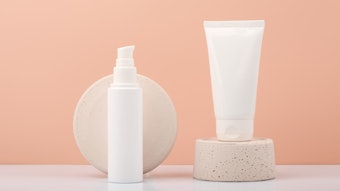The primary purpose of sunscreen products is to prevent or minimize deleterious effects of solar and UV radiation on the skin. Among these effects are actinic aging and skin cancer. Secondary benefits include moisturization and reduction of UV-induced melanization on sun-exposed skin.
The purpose of this review is to consider what is necessary for adequate preservation of sunscreen products, including whether some ingredients present special challenges to preservation, what consumer use or abuse should be considered in product development and testing, and what protective packaging may be required to protect sunscreen products from excessive water intrusion and microbial contamination.
In the United States, the U.S. Food and Drug Administration (FDA) regulates sunscreen products as over-the-counter drugs. The official document regulating these products is the tentative final monograph (TFM) on Sunscreen Drug Products for Over-the- Counter Human Use. It was published in the Federal Register on May 12, 1993. Although the final monograph on sunscreen drug products was published in the Federal Register on May 21, 1999, the effective date for this monograph has been stayed indefi nitely. The TFM lists active ingredients that may be used singly or in combination to obtain desired levels of sun protection. The sunscreen active agents approved by the FDA may be divided into two groups:
• Materials that absorb energy in the UV range (organic sunscreens); and
• Materials that block, scatter or absorb energy in the UV range (titanium dioxide and zinc oxide). These ingredients are listed in Table 1. For the complete article, click on "Purchase this article."










